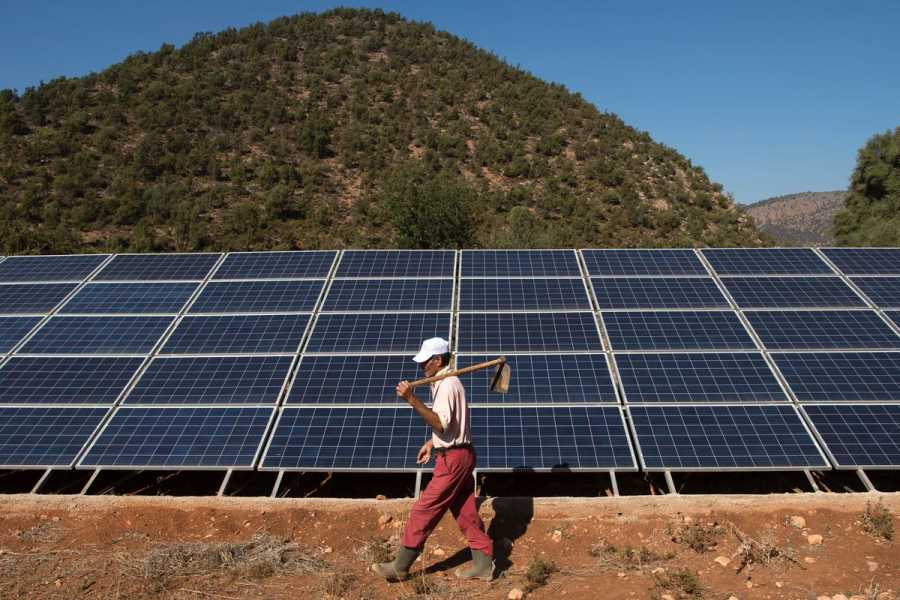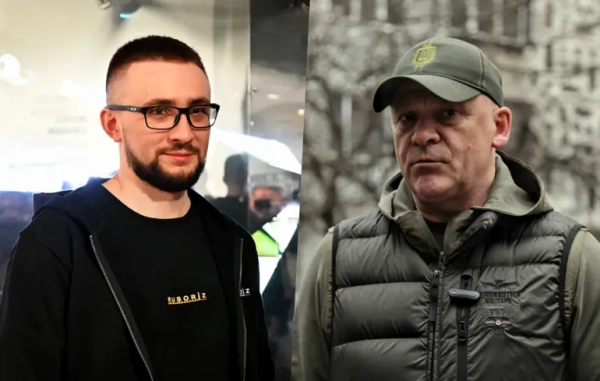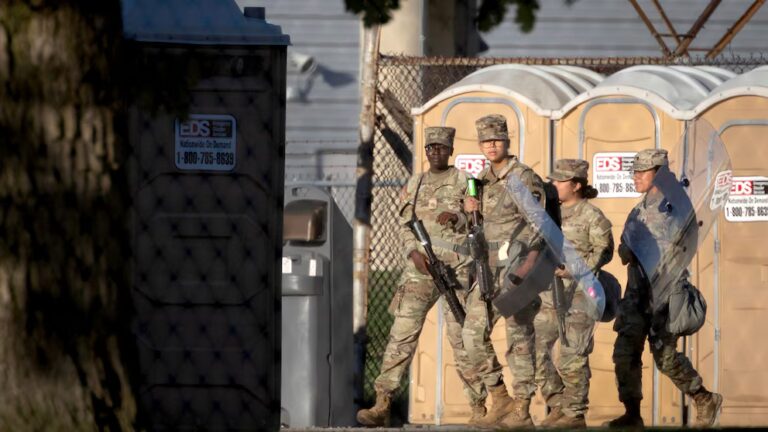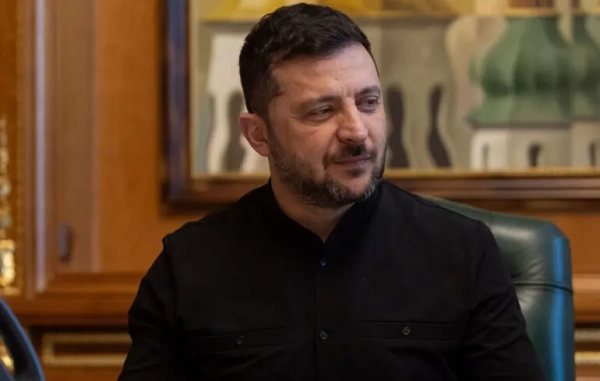World Bank veteran Masood Ahmed explains why the 80-year-old lender should make a comeback, fueling the green transition.

A farmer walks by solar panels in Tafoughalt, Morocco. Projects like this could be the future of the World Bank in the era of climate change. Fadel Senna/AFP via Getty Images Dylan Matthews is a senior correspondent and head writer for Vox’s Future Perfect section and has worked at Vox since 2014. He is particularly interested in global health and pandemic prevention, anti-poverty efforts, economic policy and theory, and conflicts about the right way to do philanthropy.
This story is part of a group of stories called

Finding the best ways to do good.
The World Bank turns 80 next summer, which means eight decades of loans to fund infrastructure and other projects in poor countries. But it is entering its ninth decade with a bit of an identity crisis, and a widespread understanding that it needs to transform itself.
Ajay Banga, the former Mastercard CEO picked by President Joe Biden as the bank’s new leader, faces heavy pressure from climate groups to stop offering loans and other financing for carbon-emitting projects like natural gas plants. In turn, many governments in developing countries find this pressure brazenly hypocritical: the developed world got rich by burning coal and oil, and is now pulling the ladder up behind it lest poor countries use those same resources.
Masood Ahmed, who served for 21 years at the World Bank and now leads the Center for Global Development, a think tank working on development issues, thinks this debate is largely a distraction. The big question isn’t what the Bank shouldn’t do — it’s what the Bank should do.
How can the Bank fund solar and wind farms, electrical transmission, energy storage, nuclear production, and other zero-carbon ways of providing the developing world with the energy resources they deserve? If we don’t want Nigeria and Bangladesh to one day emit as much per person as the US or Germany in pursuit of giving their people a better life, we need to give those countries an alternative.
That requires global coordination, and Ahmed thinks the Bank is the right group to lead the charge. He imagines a world where vast projects, like solar farms across the Sahara Desert that feed into electrical grids from Europe to central Africa, are shepherded to completion by the World Bank, coordinating the potentially dozens of countries that would need to participate, help fund, and build out the ideas.
Ahmed and I spoke in early October about what the World Bank is doing now to fight global warming, and what it could be doing differently and better. A transcript edited for length and clarity follows.
Dylan Matthews
What’s the World Bank’s current approach to decarbonization?
Masood Ahmed
The World Bank is already the largest source of development finance for climate-related projects in developing countries. So what do we mean when we say the World Bank needs to take climate change as a central objective?
The World Bank and the regional development banks have traditionally had a mission of alleviating extreme poverty and helping their client countries make progress on development. They deal with climate change insofar as it features in those issues. We believe that the climate change needs to be explicitly added on as an objective that the World Bank would be tackling, in and of itself.
They also need to think about organizational changes to the way they operate, the way they work with other development banks, and the way they work with the private sector. And if you want to add the objective of dealing with global challenges like climate to the mission of these institutions, and you want them to do this not at the expense of what they do to help countries deal with poverty, then this has to be reflected in them being bigger and having the resources to do that.
A recent report done by an expert group that was commissioned by the G20, co-chaired by N.K. Singh and Larry Summers, said that these institutions need to be thinking about tripling their size by the end of this decade. There’s a discussion that’s underway about the ways in which they can build up their financing capacity, how they can stretch their existing balance sheets, and use their own capital more effectively to be able to get more out of the equity they’ve got.
Down the road, and not very far down the road, some of the banks will also need to have an injection of fresh capital to enable them to get to the tripling that is envisaged.
That’s the broad agenda for the reform of the MDBs [multilateral development banks; the World Bank and regional institutions like the Asian and African Development Banks] that at the moment is being pursued.
Dylan Matthews
A lot of the public pressure on the Bank has been sort of in the form of negatives: don’t fund this gas plant, don’t fund this hydrocarbons sector in India. How important is saying no to projects like that versus saying yes to many more decarbonizing projects?
We need to switch from saying “Don’t do this or that,” to saying, “This is how we would like you to help countries adopt a green growth approach.” Masood Ahmed
This negative agenda is not going to take us very far. The real question is not whether the bank funds natural gas projects in, let’s say, India, but what is going to be the transition of India’s energy sector from the heavy reliance on fossil fuels, coal being a big part of it, to one which is much more climate-friendly? How can the World Bank support that process?
We need to switch from saying “Don’t do this or that,” to saying, “This is how we would like you to help countries adopt a green growth approach.” That’s a much more positive, but also much more consequential agenda.
These [multilateral development banks] are lending around $150 billion a year. That’s tiny in relation to the investment needs and the financing of these countries. To be able to make a difference, you need to be helping to shape the broader investment strategies and policies in emerging markets.
Dylan Matthews
You’ve argued the World Bank and its peers need to be less risk-averse, to take bigger risks and take on bigger projects. Why is that important for decarbonization? And why is it hard?
Masood Ahmed
The culture of public sector institutions, including multilateral institutions like the World Bank, has traditionally been one of avoiding risk, staying away from it. In the public sector, the price for making a mistake is a lot higher than the benefits that come from getting things right. People jump on bureaucrats and pick on the mistakes they made, or things that didn’t work out. So, naturally, people tend to become risk-averse in that environment, because it’s easier to just stay with the tried and trusted than to innovate and take risks.
If we really want the MDBs to scale up, to get more out of their capital, to work more with the private sector, and help to mobilize at least as much money from the private sector as they themselves are lending, sometimes that will mean that taking more risk onto their own balance sheets. Sometimes it means that you use the instruments you have to help mitigate and allocate risk amongst different parties, including the private sector, the country itself in different ways.
These institutions have been very risk-averse in the way they’ve treated their own capital. The leverage ratio — the amount of money they lend against the equity they’ve got — at the World Bank has been about 5 to 1. [Author note: By contrast, the Inflation Reduction Act’s loan guarantees are estimated to spur about $10 in investment for every $1 they cost the US government.] Many people think it should be much higher than that. The reason the World Bank and the other MDBs have historically stuck with low ratios is because it just seemed like the least risky thing to do. But that just meant you weren’t getting the most out of the equity.
The World Bank has said they can lend an extra $50 billion over the next 10 years by making better use of their existing equity. The Asian Development Bank has done the same. So I think a lot of them are finding ways to be less risk-averse, while still being very proven financial managers. And I think that’s the direction in which they need to move even more.
Dylan Matthews
What’s an example of a big decarbonization project that you would like to see the World Bank tackle?
I would like to see them think harder about how to do big cross-border projects that are transformational in nature Masood Ahmed
The goal is not that the multilateral development banks just go scouting around for the next solar project that’s going to happen in Egypt anyway, or the next dam that’ll be built in Latin America anyway, and say, “We want a part of that.” That would simply displace somebody else who’s going to fund that. That would be a perverse outcome.
I would like to see them think harder about how to do big cross-border projects that are transformational in nature. Morocco has a solar project called the Noor Project. It’s about 500 megawatts. I’ve been to see it. It’s a big project, very impressive.
But the Sahara is a much, much bigger space. And there’s no reason why that project couldn’t be 20 times that scale, supplying electricity not only to Morocco, obviously, but to the north, to Europe, which would mean putting in more infrastructure, and to the south, going to countries where energy scarcity is the biggest problem.
That’s the kind of project that will cost tens of billions of dollars. That will be transformational, not just for the country in which the physical facilities are located, but the countries that receive the energy, north and south. Putting that together will require bringing together countries, bringing together agencies, putting in place governance structures, and deciding whose balance sheet it sits on. That kind of project doesn’t lend itself at all to the country-by-country approach that most of the multilateral development banks have.
That scale of transformative operation is very hard for them to achieve, but it’s very hard for anybody else to achieve. I think that they are best placed for it. It’s not as if they’ve never done that. One of the World Bank’s great successes is the River Blindness Project that the World Bank sponsored, started, managed, and helped put together under Bob McNamara going into the 1970s.
River blindness was blinding a whole slew of people in West Africa, and Bob McNamara took it upon himself to say that this was an unacceptable scourge on the people in that region, and the World Bank, working with other development agencies, the UN, private sector, the countries of the region, over 20 years led the eradication of the disease.
If you go to the lobby of the World Bank, there is a statue of a blind man being led by a young boy, which was a very common sight in those countries at the time, because many of the blind men, by the time they were adults, were blinded already. Eradicating that required the kind of vision, organization, multi-country approach, private-public approach, which is exactly what is needed.
My question is, what are the river blindness eradication projects for today, and how do we organize ourselves to be able to do them in the same way?
The biggest problem is how climate change is impacting the day-to-day investment strategies of all developing countries Dylan Matthews
Some of those projects are targeting emissions, like your giant Morocco solar farm idea, but it seems like climate is influencing how the banks make loans in less direct ways too.
Masood Ahmed
When people talk about climate change and what the MDBs can do, they quickly pivot to talking about what they can do to help mitigate the future trajectory of emissions in emerging markets. But the biggest problem is how climate change is impacting the day-to-day investment strategies of all developing countries. If you’re building bridges in Pakistan, the melt from the snow cap in the Himalayas is now coming down faster and larger. You’re going to have to build more resilient and bigger, tougher, higher bridges than you did before, which is going to cost you more.
If you were building schools in the Sahel, where you thought the temperature that they had to withstand was 104ºF summers, and now it’s 110, 115ºF, then suddenly you’re going to have to build that into the design of things. Adapting to climate change is a problem for all countries, including the poorest countries, who themselves don’t contribute very much to the emissions problem. No matter what they do, they’re going to have an inconsequential impact on global emissions in most cases. But what happens to global emissions is having a big impact on them now.
One of the roles of multilateral development banks is to build resilience into the infrastructure decisions that they’re making, which means that they need concessional financing [loans offered on more favorable rates than on the private market] for the poorest countries, without which they’re not going to be able to play this role.
Sourse: vox.com






